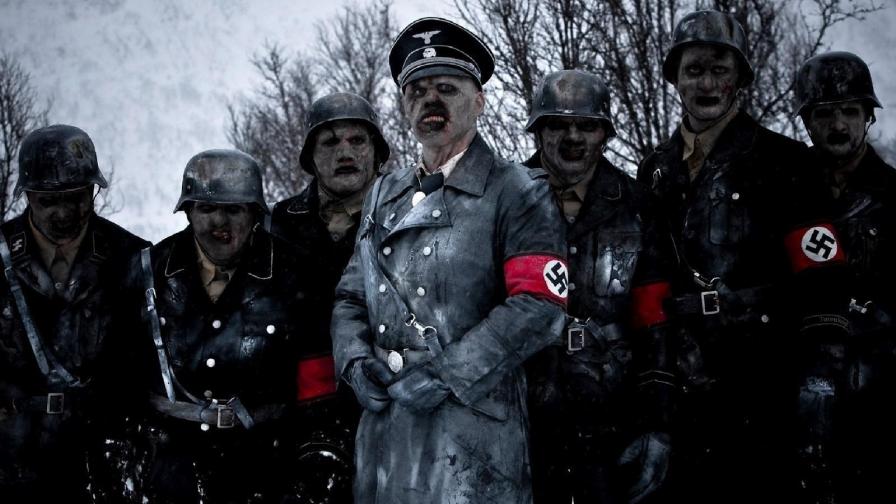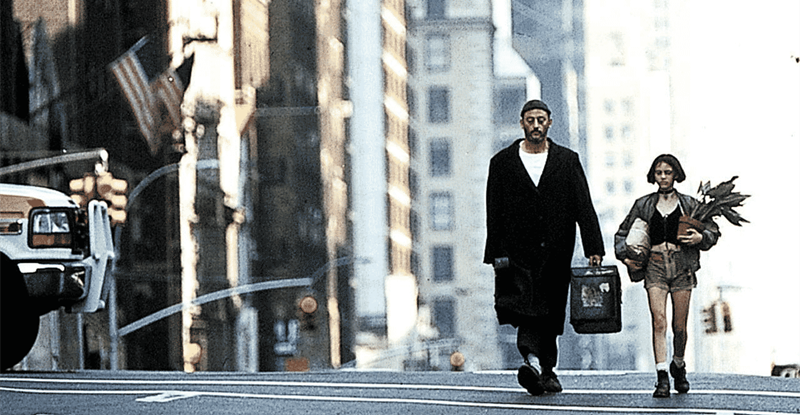One of the most-anticipated movies of 2012, “The Hunger Games” finally arrives in theaters, with record box-office receipts for a non-sequel in midnight showings, as well as a record for the highest single day opening. The film, based on the record-breaking “Hunger Games” trilogy, written by Suzanne Collins, is vying to become the next big thing after the “Harry Potter” and “Twilight” series. Surely, the mad rush to see the film bears all the hallmarks of a cultural phenomenon. So, what’s driving the record crowds to theaters? For one thing, the female protagonist, Jennifer Lawrence playing as a young adult Katniss Everdeen, becomes the central draw of the show, because we see our heroine, among other teenagers in the film, left vulnerable and exposed to the cruel world. It’s a theme that pleads for sympathy from the audience, as we hope these teenagers can survive on their own.
“The Hunger Games” starts with a brief introduction on the concept of the hunger games. We learn there are twelve districts in the nation of Panem, and each year, one girl and one boy are picked from each district through a raffle to participate in the competition. From District 12, Katniss and Peeta (Josh Hutcherson) are paired up against their wishes for this grueling battle for survival in which participants are pitted against each other, with only one winner alive in the end. Before the start of the event, a mentor named Haymitch (Woody Harrelson) provides training to Katniss and Peeta on survival and combat skills, so that she can impress the potential sponsors, who would determine if food and medical aid should be sent to players in the arena.
The concept of “The Hunger Games” is hardly original; a futuristic dystopia set in a post-apocalyptic world, is shown as the main driver behind the hungry games. The film’s theme recalls many movies from the past like “The Running Man,” “Lord of Flies,” “Battle Royale,” “Spartacus,” “V For Vendetta,” the “Survivor” series, the Stephen King’s book “The Long Walk,” in its basic premise of a hero surviving in deadly games against all odds. However, in “The Hunger Games,” the games are more scientific, using computer-generated creatures and natural disasters to present new challenges to the contestants. The high-tech gadgetry is in place, tracking every player’s move. We are also reminded of Orwell’s world, showing us the Capital, government of Penem, monitoring the moves of its citizens, just like Big Brother. The Capital exercises its full authority and control on its people, and the hunger games serve as a cruel reminder of an unsuccessful uprising against the Capitol some seventy years ago. However, in the film and even in the book at times, I felt there was some disconnect in representing the coexistence of Penem and its people. At a conceptual level, the film fails to clearly develop the totalitarian regime, and we are left to imagine the government’s atrocities against its people.
Collins uses a heavy first-person narration from Katniss’s perspective, to describe many things in the story. There are sections in the book concentrating on Katniss’s thought process, and her conversations with her “inner” voice. Katniss’s conversations with herself are more nuanced, and probably the hardest passages to adapt to the big screen and most of this has been left out of the film. These internal conversations often occur mainly in the jungle, when Katniss is struggling to stay alive from her opponents. Even though the jungle is the central location for much of the action, I felt these sequences were relatively quiet. One would have expected the filmmakers to employ heavy usage of sound effects to develop a realistic action atmosphere, but since the picture plays from Katniss’s viewpoint, we only hear minimal sounds, mainly the ambient noises. Credit goes to the filmmakers for staying true to the spirit of the book, at least in this aspect.
But there are some technical problems surfacing in the film, too. Director Gary Ross, in an attempt to make the film look more like a documentary, introduces undesirable camera shake in a few sequences. The perception of different characters plays an important role in camera movements, since Collins emphasizes many things in the first-person format. In the opening shot, the camera moves rapidly to create tension in the scene, but also to indicate the heightened tension among the people at the start of the games’ ceremony. In one instance, we see people whizzing rapidly in front of the camera, while the camera attempts to capture the faces of Katniss and her sister. Of course, this is not at all pleasing to the eyes, and some of it surely causes a feeling associated with motion sickness. There are moments in the jungle where this aspect becomes problematic, too. As the players are killed, their deaths are never clearly shown; instead, the camera moves away from the scene, softening the graphic violence, likely to secure the film’s PG-13 rating. But in Collins’ book, the violence and brutal deaths are rendered in realistic, gory details.
“The Hunger Games” is an entertaining experience most of the time, further enhanced by the perfect casting of Jennifer Lawrence in the lead role. In “Winter’s Bone” (2010), Lawrence carried the entire movie by herself, and her character was instantly likeable and convincing. Likewise, as Katniss, Lawrence delivers another superb performance in a high-profile film. She is able to portray the energy and flamboyance expected of her character, by convincingly displaying the qualities of a natural hunter caught in a survival mode. Lawrence is in almost every scene, and her charismatic presence attracts the audience to her deadly adventure. In spite of a captivating performance from Lawrence, who is now twenty-one years old, she at times appears a bit too mature to play as a sixteen-year-old Katniss. This is just a minor quibble, and Lawrence makes this movie worth a watch at least once.
“The Hunger Games” can also be seen as a product of present times, especially in its depiction of a dictatorial regime, currently present in some countries. But the film introduces the teenage factor, making it instantly attractive and marketable for Hollywood’s most cherished demographic. Young blood standing against an oppressive and powerful government injects the right amount of tension, along with a romantic angle and a group of good-looking characters. On the production front, the film is quite polished. In spite of limited of use of CGI, the sets look believable for a futuristic society. “The Hunger Games” could have been much better if not for the choppy editing and abrupt character development. Nonetheless, Katniss as the fille fatale gets a high-tech makeover in this sci-fi adventure, and this blockbuster remains a fun ride, mostly.


